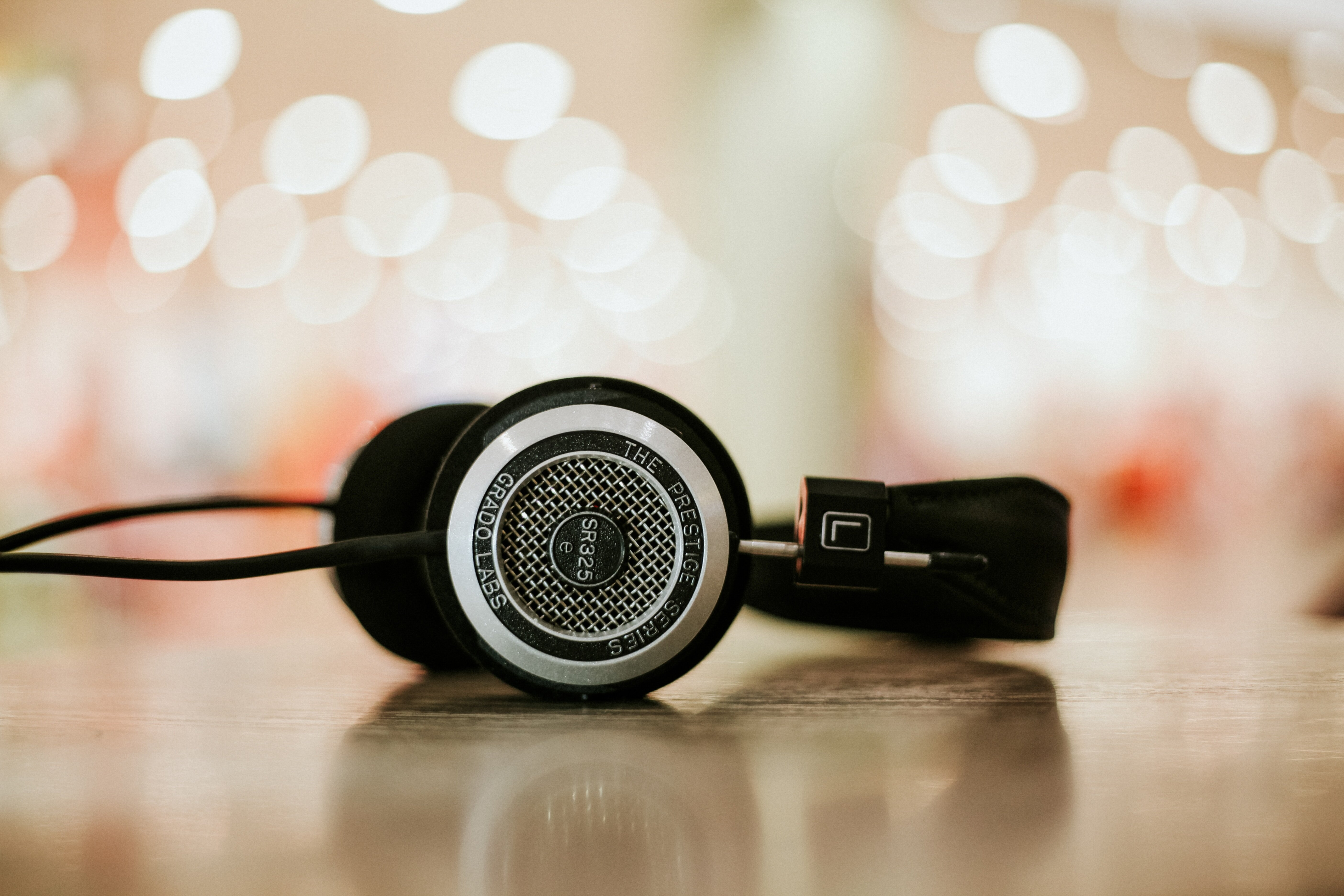Voice Acting Databases in 2024 7 Key Metrics That Define Modern Talent Discovery

I've been spending a fair amount of time lately mapping the current state of voice acting databases. It's a fascinating intersection of creative talent management and raw data engineering, especially now that synthetic voice creation is rapidly maturing. We're moving past simple audition repositories; these platforms are becoming sophisticated talent discovery engines, and if you're looking to cast, license, or even build synthetic models, the underlying metrics matter more than ever. The shift isn't just about who sounds good reading a script; it's about quantifiable, searchable attributes that connect demand with supply efficiently.
What exactly defines a high-utility voice database today? It’s no longer enough to list a name, age range, and a few demo reels. The real signal is buried in the metadata architecture. I started digging into what separates the truly functional systems from the static archives, focusing specifically on what makes a search query actually yield the right fit, not just *a* fit. Let's examine the seven attributes that seem to dictate success in this arena right now.
The first metric I consistently see as vital is **Vocal Timbre Specificity**. This moves beyond broad categories like "warm" or "authoritative." Modern systems index specific acoustic properties—perhaps the precise frequency distribution around the fundamental frequency, or the degree of vocal fry present across different sustained vowels. Think of it less like a genre tag and more like a spectral fingerprint that allows for machine matching against existing sound profiles or specific creative briefs requiring very narrow sonic textures. This level of granularity prevents the endless sifting through marginally appropriate samples.
Next up is **Performance Range Tagging**. This isn't just about the emotional spectrum covered in the demo reel, but rather the *successful execution* across defined performance vectors—say, sustained technical narration versus rapid-fire comedic timing. I'm interested in how rigorously these platforms score or tag the *consistency* of performance across diverse scripts, not just the presence of one good take. Following that closely is **Linguistic Dialect Precision**. It’s not enough to say "British"; we need verifiable markers for regional phoneme realization and intonation patterns, often cross-referenced against standardized phonetic databases to ensure true accuracy for international projects.
Then we move into the data longevity and utility metrics. **Sample Quality Consistency** is critical; if 80% of a voice artist's samples are studio-grade 48kHz/24-bit but three key demos are low-bitrate phone recordings, the system must flag that disparity clearly, as it directly affects synthetic model training potential. The sixth metric I’ve identified is **Metadata Update Frequency**. A static database quickly becomes obsolete; I look for evidence that artists are actively updating their technical specs, geographical availability, and specialized skill certifications (like specific gaming middleware integration).
Finally, and perhaps most indicative of a forward-looking system, is **Licensing Clarity Index**. This metric attempts to quantify how quickly a user can determine the usage rights associated with a voice sample—whether it's for immediate commercial broadcast, internal corporate use, or as source material for AI voice cloning. A high index suggests clear, standardized contractual templates are readily available right alongside the audio file. These seven data points, when aggregated and weighted correctly, transform a simple directory into a predictive talent acquisition tool. It’s a shift from curation to calculation, and it’s reshaping how creative directors source their auditory talent.
More Posts from clonemyvoice.io:
- →The Essential Voice Actor's Toolkit 7 Must-Have Items for Your Home Studio Setup
- →Exploring Voice Cloning Techniques in Animated Films A Look at Bryan Cranston's Role in Kung Fu Panda 4
- →The Evolution of Voice Cloning 7 Breakthroughs Since The Incredibles Era
- →Voice Cloning in Animation How Aulii Cravalho's Moana Performance Shaped Future Voiceover Techniques
- →Voice Cloning Technology Enhances Dramatic Monologue Performances for Female Actors
- →Voice Acting Tutorial Mastering the Brooklyn Accent Through Scientific Phonetic Analysis